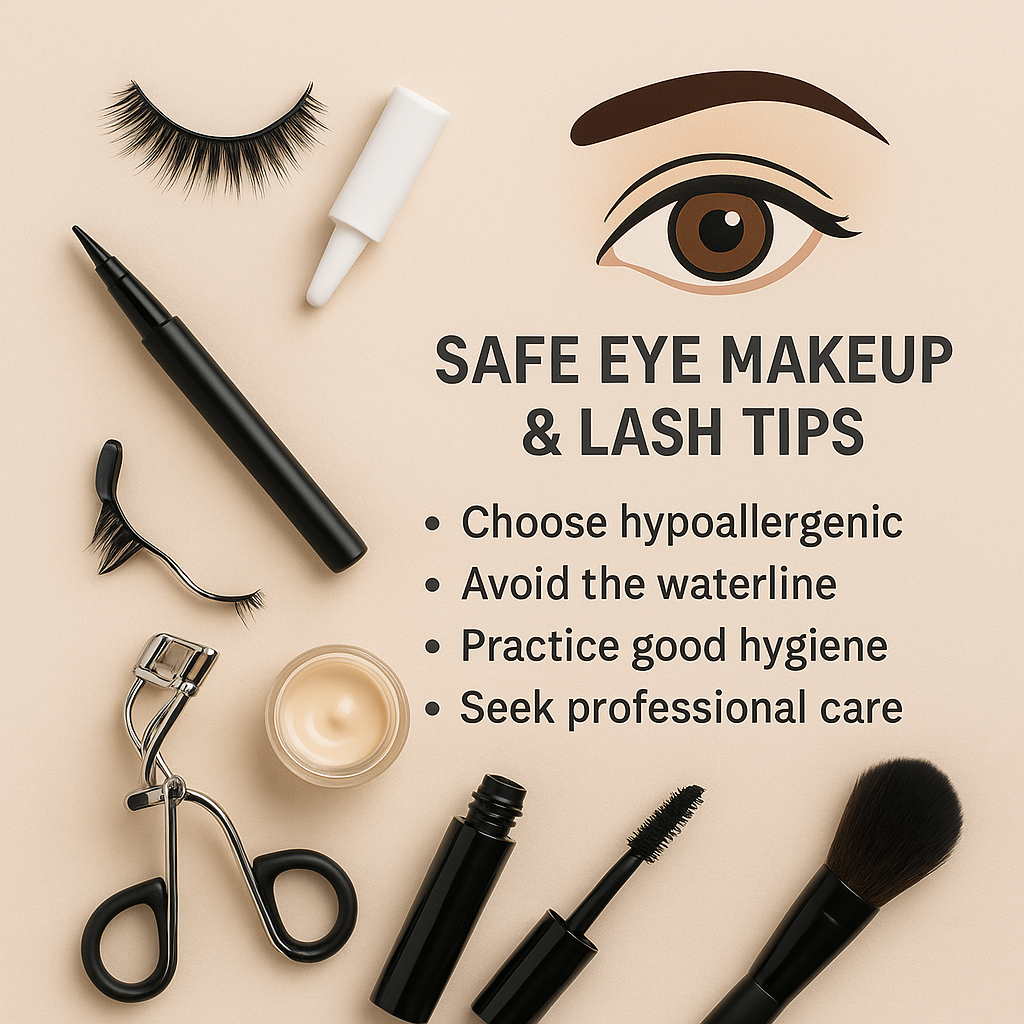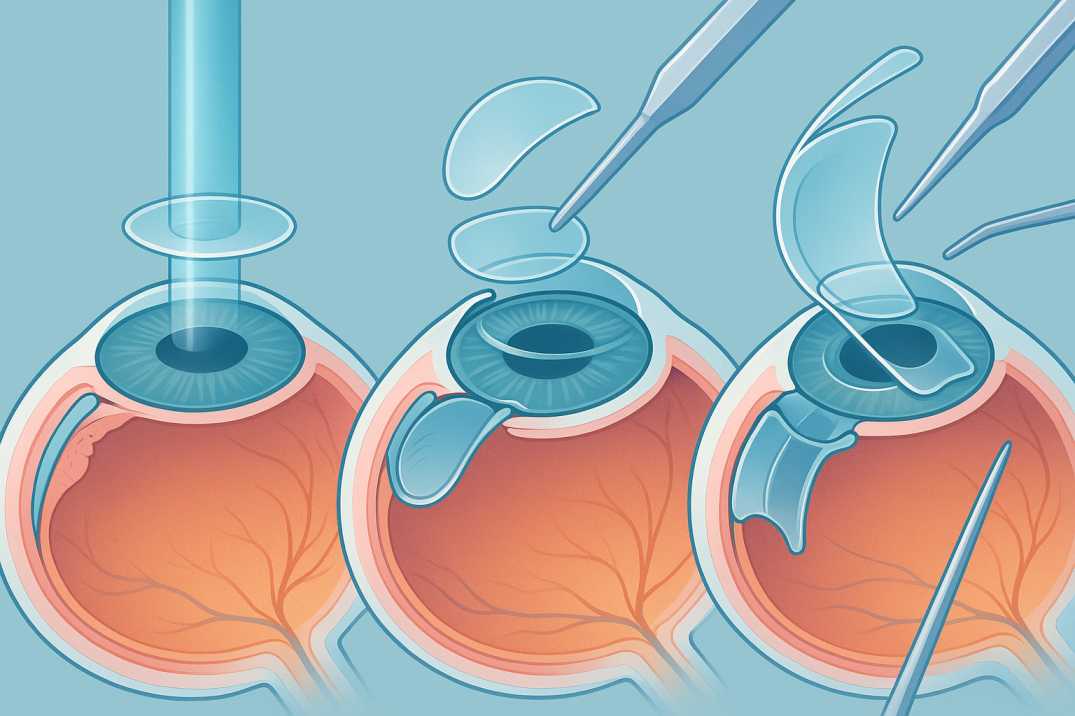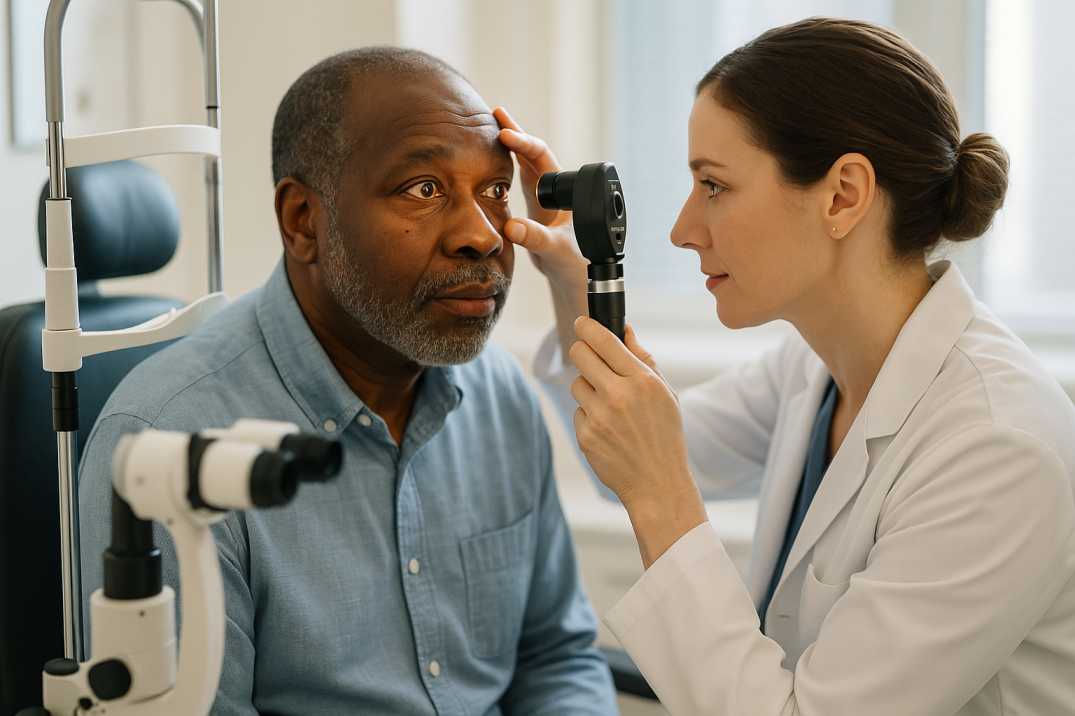Seattle Eye Safety Tips for Makeup & Lash Lovers
The booming makeup and false eyelashes industry—projected to reach $1.6 billion by 2025—poses hidden risks to eye health, especially for Seattle residents prioritizing beauty routines. False eyelashes and eye makeup, largely unregulated, are linked to serious conditions like anterior blepharitis (eyelid inflammation) and chronic dry eye disease. In Seattle, where seasonal allergens and urban pollutants compound eye irritation, improper use of these products can worsen symptoms.

Key Takeaways for Safe & Stylish Eye Beauty in Seattle
-
Prioritize Eye-Safe Products: Choose hypoallergenic, ophthalmologist-tested brands to reduce irritation from makeup and adhesives—especially in allergy-prone Seattle.
-
Avoid the Waterline: Applying eyeliner to the inner rim disrupts tear production and increases the risk of dry eye and infections.
-
Think Beyond Aesthetics: Long-term eye health impacts vision and skin aging—sustainable habits protect both beauty and function.
-
Be Contact Lens Cautious: Eye cosmetics and contacts don’t mix easily—use non-flaky, oil-free formulas to prevent trapped debris and corneal damage.
-
Don’t Skip Hygiene: Weekly brush sanitization, proper lash glue care, and consistent lid cleaning are essential to avoid bacterial buildup and inflammation.
-
Opt for Professional Guidance: For chronic symptoms, seek in-office treatments like NuLids or LipiFlow at certified Seattle eye clinics.
-
Go Makeup-Free Regularly: Let your eyes reset with 1–2 no-makeup days per week—especially during high-pollen or screen-heavy periods.
Poor health habits can be exacerbated by the use of eye makeup and lashes
Dry eye disease impacts over 16 million Americans, with lid margin disease driving most cases. In Seattle, where screen use and seasonal dryness strain eyes, waterproof mascara and false lashes (plus adhesives near the eyes) are key contributors. For example:
- Eyeliner: Blocks gland pores, common in Seattle’s rainy-day makeup routines.
- Lash glue: Irritates lids, worsening sensitivity to pollen and urban pollutants.
- Waterproof formulas: Require harsh removers, stripping natural oils critical for tear stability.
Seattle eye specialists advise: “Switch to hypoallergenic lash adhesives and avoid lining the waterline—opt for smudge-proof, non-comedogenic brands instead.
What can be done to make using eye cosmetics safer?
To use eye cosmetics safely in Seattle, follow these expert-backed steps, without abandoning your beauty routine:
- Professional False Lash Application:
- Opt for certified Seattle salons (e.g., Capitol Hill or Bellevue studios) to minimize lid damage.
- Consider Latisse (available at Seattle clinics) to grow natural lashes, reducing reliance on falsies.
- Eyeliner Best Practices:
- Apply only to the outer lash line—avoid the inner “waterline” where meibomian glands release oils critical for Seattle’s dry, pollen-heavy climate.
- Hypoallergenic Brands:
- Choose Clinique or Eyes Are The Story (sold at Seattle retailers like Nordstrom) to lower allergy risks and inflammation.
- At-Home Lid Care:
- Remove makeup with iVizia lid wipes (available at local pharmacies).
- Cleanse daily with mild soap; try NuLids devices for deeper hygiene.
- In-Office Treatments:
- Seattle’s Cannon EyeCare (with locations in Queen Anne and Downtown) offers NuLids deep cleanings—ideal for stubborn blepharitis unresponsive to home care.
- Long-Term Maintenance:
- Seattle’s seasonal allergens and screen-heavy lifestyles demand consistent routines. Prioritize daily care over crisis fixes to protect against chronic dry eye.
Why Eye Makeup and Contacts Demand Extra Caution
Wearing contact lenses requires meticulous hygiene, but add eyeliner, mascara, or false lashes, and the stakes rise. According to the American Academy of Ophthalmology, 40% of contact lens wearers report eye irritation linked to makeup particles trapped under lenses. These contaminants can scratch the cornea, blur vision, or trigger infections like keratitis (a leading cause of blindness in healthy adults). Whether you’re a makeup novice or a lash enthusiast, balancing beauty with safety protects both your eyesight and style.
Safe Makeup & Lash Tips for Contact Lens Wearers
Product Selection Guide:
Hypoallergenic Formulas: Opt for fragrance-free, “ophthalmologist-tested” brands like Almay or Clinique to reduce allergy risks.
Avoid Glitter & Fibers: Skip flaky mascaras and shimmery shadows (e.g., loose glitters)—they migrate into eyes, causing scratches.
Water-Based > Waterproof: Oil-free, water-based liners (e.g., Neutrogena) prevent smudging onto lenses vs. stubborn waterproof formulas.
False Lash Safety:
Non-Toxic Adhesives: Use formaldehyde-free glues (e.g., Duo Lash) to avoid chemical burns.
Clean Reusable Lashes: Soak in micellar water every 3 days to kill bacteria like Staphylococcus (common in eye infections).
Step-by-Step: Applying & Removing Makeup Safely
Prep Work:
-
Wash Hands: Scrub with antibacterial soap for 20 seconds (sing “Happy Birthday” twice!).
-
Insert Contacts First: Prevents mascara flecks from sticking to lenses.
Application Hacks:
Outer Lash Line Only: Keep eyeliner away from the waterline (inner rim) to avoid clogging oil glands.
Cream Shadows: Try Maybelline Color Tattoo for minimal fallout vs. powdery textures.
No Sharing: 90% of makeup testers harbor harmful bacteria—keep brushes personal.
Removal Routine:
-
Remove Contacts First: Prevents remover residues from coating lenses.
-
Oil-Free Micellar Water: Bioderma Sensibio dissolves makeup without leaving greasy films.
Red Flags: When to Hit Pause on Beauty
- Persistent Redness/Itching: Could signal early infection—see an optometrist within 24 hours.
- Avoid Saliva Hacks: Spit introduces oral bacteria (e.g., Streptococcus) to eyes—moisten brushes with sterile saline instead.
Quick-Reference Safety Checklist
- Insert contacts before makeup; remove them before cleansing.
- Skip the waterline liner and glitter shadows.
- Sanitize tools weekly with 70% isopropyl alcohol.
- Toss eye makeup every 3 months (mark expiration dates!).
Why Long-Term Eye Health is Non-Negotiable for Makeup Enthusiasts
Daily eyeliner, mascara, and false lash routines aren’t just about glamour—they’re a long-term commitment to your eyes. Research from the American Optometric Association warns that poor habits can trigger chronic dry eye, recurrent infections, and accelerated aging of the fragile eyelid skin. Left unchecked, clogged oil glands (meibomian gland dysfunction) may permanently reduce tear quality. The silver lining? By adopting science-backed practices, you can maintain vibrant, healthy eyes for decades while staying makeup-ready.
Sustainable Beauty Habits for Lifelong Eye Wellness
Nightly Makeup Removal:
-
Never Sleep in Makeup: Residual mascara or liner blocks eyelid glands, increasing dry eye risk by 50% (Clinical Ophthalmology, 2022).
-
Gentle Cleansing: Use micellar water or oil-free removers like Bioderma Sensibio. Avoid rubbing—pat skin dry instead.
Product Selection:
-
Clean Formulas: Prioritize hypoallergenic, fragrance-free brands like La Roche-Posay Toleriane. Skip parabens and formaldehyde-releasing preservatives.
-
Expiration Dates: Replace mascara every 3 months (6 months for eyeliners) to prevent bacterial growth like Pseudomonas aeruginosa.
Skin Protection:
-
Hydrate Daily: Apply eye creams with hyaluronic acid (e.g., CeraVe Eye Repair Cream) to combat creping and irritation.
-
UV Defense: Wear wraparound sunglasses with 100% UV protection—UV exposure worsens lid laxity and crow’s feet.
Application Techniques:
-
Lighten the Touch: Tugging eyelids during liner application weakens collagen over time. Use soft, short strokes.
-
Waterline Warning: Avoid inner-rim eyeliner—it disrupts the tear film and transfers pigment to contacts.
Professional Solutions:
-
Lash Serums: FDA-approved options like Latisse® stimulate natural growth, reducing dependency on falsies.
-
In-Office Care: For chronic dryness, ask your ophthalmologist about LipiFlow® or prescription drops like Restasis.
Red Flags: When to Overhaul Your Routine
-
Persistent redness, gritty sensations, or watery eyes
-
Eyelid swelling or crusting (signs of blepharitis)
-
Blurred vision after makeup application
If symptoms last >48 hours, schedule an exam immediately—delayed treatment risks corneal scarring.
Future-Proof Your Eye Care Routine
Weekly Tool Sanitization: Soak brushes in 70% alcohol for 10 minutes.
Monthly Makeup Breaks: Go makeup-free 1–2 days weekly to let eyes reset.
Stay Updated: Follow dermatologists like Dr. Dray on YouTube for emerging clean beauty.
Final Thoughts: Balancing Beauty and Lifelong Eye Wellness
Your eyes are irreplaceable—both as expressive features and delicate organs requiring vigilant care. For makeup enthusiasts and contact lens wearers, this means marrying artistry with science: avoiding risky products, refining application techniques, and prioritizing hygiene to prevent vision-threatening complications like corneal ulcers or chronic dry eye.
Key Takeaways for Sustainable Beauty:
-
Health-First Product Choices: Hypoallergenic, ophthalmologist-tested formulas reduce irritation risks by 60% (CDC, 2023).
-
Hygiene Non-Negotiables: Daily makeup removal and weekly brush cleaning curb bacterial growth linked to infections like styes.
-
Proactive Care: Address minor irritation early—untreated issues can escalate into vision loss.
When to Seek Expert Help:
Persistent redness, light sensitivity, or blurred vision after makeup use? These could signal underlying conditions like blepharitis or corneal abrasions. Specialists at Cannon EyeCare University Village, Seattle, WA offer:
-
Same-day appointments for urgent concerns.
-
Customized plans for sensitive eyes or contact lens wearers.
-
Cutting-edge treatments for dry eye and allergy management.
Protect your eyes. Enhance your beauty. Trust Cannon EyeCare.
FAQs
-
How can I wear false lashes safely?
Opt for professional application at certified Seattle salons (e.g., Bellevue Lash Studio) using hypoallergenic glue. Avoid DIY kits with harsh adhesives, and cleanse lashes daily with iVizia lid wipes (sold at Bartell Drugs) to prevent bacterial buildup.
-
Why does eyeliner cause dry eye?
-
Where can I get blepharitis treatment in Seattle?
-
How do I remove waterproof makeup without damaging my eyelids?
-
Will Latisse work for growing lashes?
-
What are symptoms of blepharitis from makeup?
-
Can I safely wear eyeliner if I have sensitive eyes?
-
How do false eyelashes affect eye health?
-
Is it safe to wear eye makeup with contact lenses?
-
What are the signs of an eye infection from makeup?
-
How often should I replace my eye makeup products?
-
Can waterproof mascara cause dry eyes?
-
What is the safest way to remove eye makeup?
-
Why should I avoid eyeliner on the waterline?
-
Are magnetic lashes safer than glued false lashes?
-
How do environmental factors affect eye makeup safety?
-
What eye care routine helps prevent makeup-related dry eye?
-
Can eyelash serums replace false lashes safely?



